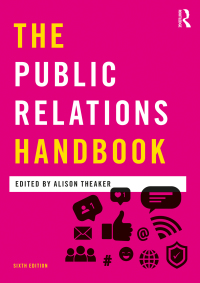Question
1) Free cash flow to the firm (FCFF), also known as Cash Flow From Assets is used as a part of a Discounted Cash Flow
1) Free cash flow to the firm (FCFF), also known as "Cash Flow From Assets" is used as a part of a Discounted Cash Flow (DCF) analysis to obtain
a) The analyst's estimate of the market value of the firm's assets.
c) The actual market value of the firm's equity. The analyst's estimate of the market value of the firm's debt.
d) The actual market value of the firm's assets.
2) A firm with both debt and equity have a required return called _______; and the reason it is the appropriate required return is because
a) Required return to equityholders; Since the equityholders are the residual claimant, they receive the important cash flows from the assets.
b)Weighted average cost of capital, "WACC"; The assets are obtained via "claims" which are the debt and equity of the firm. So a weighted average of the claimants' required return become the firm's required return.
c) Yield to maturity (YTM); because debt is paid first in a bankruptcy situation, so the debtholders' return is the only one that matters.
d) Beta; The assets are obtained via "claims" which are the debt and equity of the firm. So a weighted average of the claimants' required return become the firm's required return.
3) The free cash flow to equity model (FCFE) is used to obtain the analyst's estimate of the market value of equity.
a) True
b) False
4) If a firm's capital structure (the firm's mix of debt and equity) changes, the firm's weighted average cost of capital (WACC) will not change. This means that cash flows from year 1 through year infinity from the FCFF model can be discounted at a constant WACC.
a) True
b) False
5) If you build your valuation model correctly (such as Case #1), specifically by adjusting the appropriate required returns, the value of the firm should be the same regardless of which specific model you use (that is, Free Cash Flow to the Firm (FCFF), Free Cash Flow to Equity (FCFE), or Adjusted Present Value (APV)).
a) True
b) False
6) If an analyst obtains a price per share of $42.00 from a Discounted Cash Flow (DCF) analysis (either from the FCFF, FCFE, or APV models), and the actual market value per share is $37.00, the analyst will likely issue a ________ recommendation of this stock.
a) Buy
b) Strong Sell
c) Sell
7) The appropriate required return for Free Cash Flow to Equity is the levered cost of equity because the cash flows which are being discounted only include those going to equityholders.
a) True
b) False
8) When we deduct capital expenditures in a valuation model, this reflects the purchase (or sale) of fixed assets, property plant and equipment, similar to what is deducted in the INVESTING section of the Accounting Statement of Cash Flows.
a) True
b) False
Step by Step Solution
There are 3 Steps involved in it
Step: 1

Get Instant Access to Expert-Tailored Solutions
See step-by-step solutions with expert insights and AI powered tools for academic success
Step: 2

Step: 3

Ace Your Homework with AI
Get the answers you need in no time with our AI-driven, step-by-step assistance
Get Started


